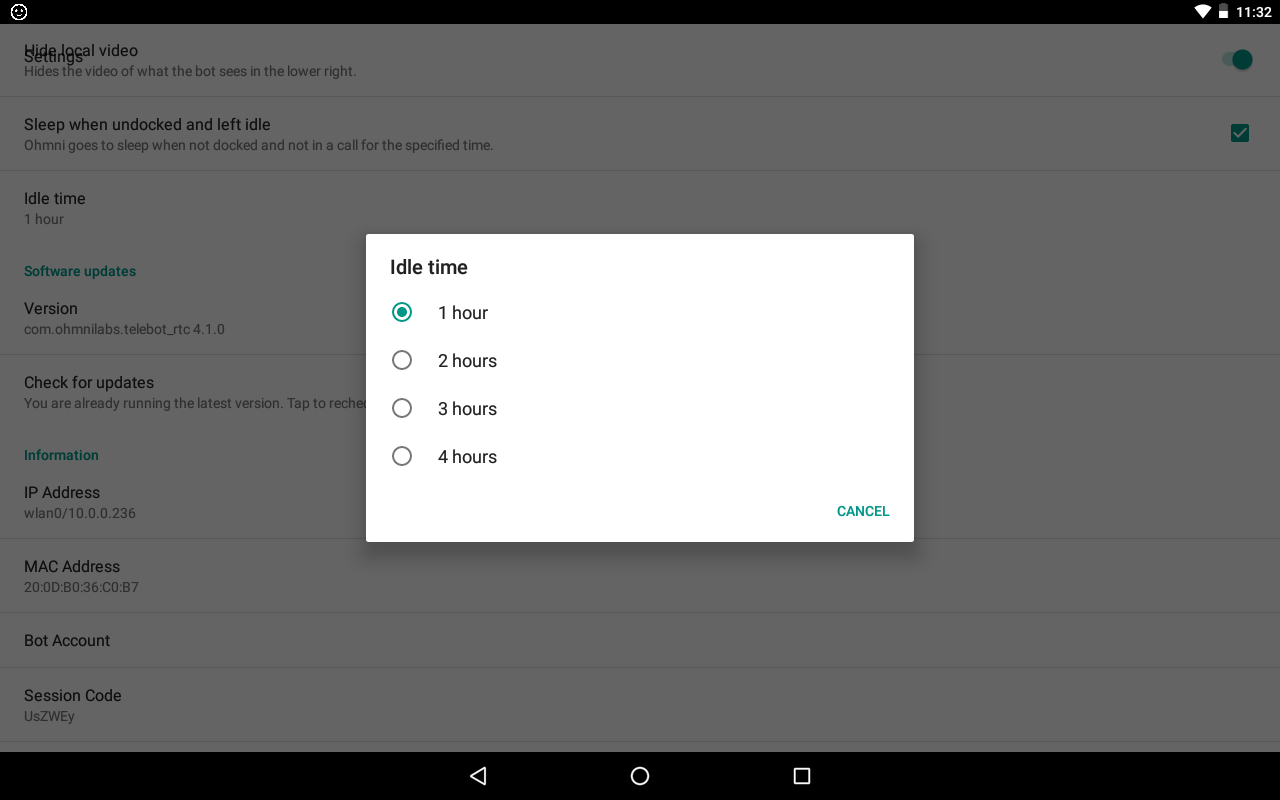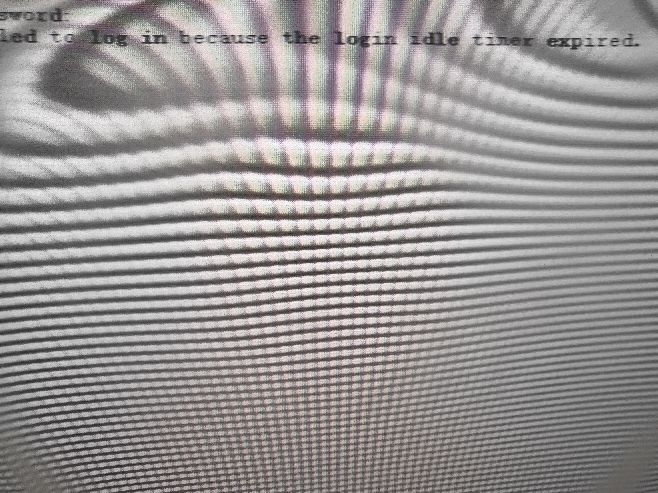

- #Windows 10 idle timer expired how to#
- #Windows 10 idle timer expired manual#
- #Windows 10 idle timer expired windows#
#Windows 10 idle timer expired windows#
My windows versions (for info): (Get-ItemProperty "HKLM:\SOFTWARE\Microsoft\WindowsNT\CurrentVersion").ReleaseId

This option was added to sshd for OpenSSH 5.1/5.1p1 in 2008.Because the registry key wasn't here and adding it didn't work. Optionally, Match rules may be applied by specifying theĬonnection parameters using one or more -C options. Check the validity of the configurationįile, output the effective configuration to stdout and then exit.
#Windows 10 idle timer expired manual#
This is documented in the sshd(8) manual (looking at OpenSSH_7.7, LibreSSL 2.7.2 on OpenBSD here):Įxtended test mode. To dump the sshd configuration, use the "extended test mode" as root: sshd -T
#Windows 10 idle timer expired how to#


The remote host's shell may terminate (or may get killed by some other process) after some time of idleness, but this is unrelated to the configuration of the SSH service on the server and of your SSH client. The settings that you are showing are related to timeouts when the connection goes down and are unrelated to the shell on the remote host and what the user is doing or not doing there. Terminating an idle shell session is unrelated to the configuration of OpenSSH. OpenSSH will not terminate a shell session that has been idle for some time. This option applies to protocol version 2 only. These messages will not be sent to the client. Message through the encrypted channel to request a response from the client. Sets a timeout interval in seconds after which if no data has been received from the client, sshd(8) will send a This option applies to protocol version 2 only. If ClientAliveInterval (see below) is set to 15, and ClientAliveCountMax is left at theĭefault, unresponsive SSH clients will be disconnected after approximately 45 seconds. Valuable when the client or server depend on knowing when a connection has become inactive. The TCP keepalive option enabled by TCPKeepAlive is spoofable. The client alive messages are sent through the encrypted channel and therefore will notīe spoofable. It is important to note that the use of client alive messages is very differentįrom TCPKeepAlive (below) (above). If this threshold is reached while client alive messages are being sent, sshd will disconnect theĬlient, terminating the session. Sets the number of client alive messages (see below) which may be sent without sshd(8) receiving any messages backįrom the client. This option was formerly called KeepAlive. To disable TCP keepalive messages, the value should be set to “no”. The default is “yes” (to send TCP keepalive messages), and the server will notice if the network goes down or theĬlient host crashes. Sent, sessions may hang indefinitely on the server, leaving “ghost” users and consuming server resources. On the other hand, if TCP keepalives are not If the route is down temporarily, and some people find it annoying. However, this means that connections will die If they are sent, death of theĬonnection or crash of one of the machines will be properly noticed. Specifies whether the system should send TCP keepalive messages to the other side. You can verify this in the sshd_config manpage. This is the case with all of the lines in your question. The commented lines in sshd_config usually display the defaults.


 0 kommentar(er)
0 kommentar(er)
